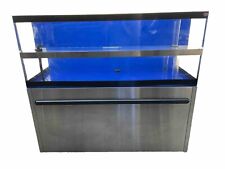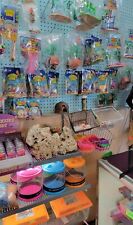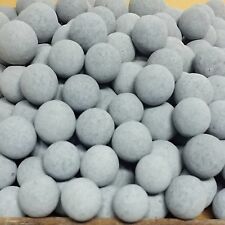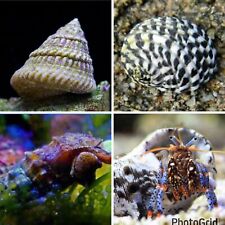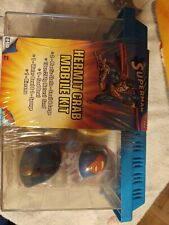Do I need to brush my dogs teeth and if so how should I do it?

Do I need to brush my dogs teeth and if so how should I do it?

Brushing your dog’s teeth is a great way to prevent gingivitis and periodontal disease. Before you consider brushing your dog’s teeth, it is necessary to have him or her examined by your veterinarian. Some dogs that already have dental disease may not benefit from daily brushing at home unless their teeth are professionally cleaned and evaluated first. The vet will be able to tell if there is any hard buildup called calculus or plaque present on the teeth. Unfortunately home brushing will not get rid of this plaque; professional dental scalers are necessary. If your dog has advanced periodontal disease, it may also be necessary to have a veterinary dentist evaluatethe teeth or perform dental x-rays.
If your dog’s teeth are disease-free, then it is okay to start brushing the teeth daily. Introducing your dog to the concept takes some patience. It is best to start with an old cloth washcloth and some ‘doggie toothpaste.’ Many dog owners find ‘doggie toothbrushes’ and little ‘finger brushes’ cumbersome and difficult to use. I have had the best luck with an old washcloth.
Dog toothpaste contains enzymes and abrasives that help to break down tartar and prevent gingivitis. Do not use human toothpaste and fluoride can be harmful to dogs. ‘Doggie toothpaste’ can be purchased at many pet stores, online or through your veterinarian and it comes in many flavors, such as beef, poultry and mint.
Apply a dime-sized amount of toothpaste to an old wash cloth. Put your finger on the other side of the cloth directly under the toothpaste. Use your fingertip to rub the toothpaste onto your dog’s teeth. It is best to try to brush your dog’s teeth with the old washcloth when the dog is calm and relaxed. Have your dog lie down on his or her side and gently lift up the lips. Rub the outside of the teeth with the cloth in a circular motion. Do not worry about trying to brush the ‘insides’ of the teeth – in dogs, the outside is where most tartar and plaque accumulation happens. Don’t forget to rub the teeth in the very back of the mouth and on the lower jaw. When one side is finished, give your dog a short break, and do the other side later.
If your dog is not patient or seems afraid, try to take it one tooth at a time and go slowly. Take care not to get bitten if your dog panics or seems upset. It can take several sessions to get your dog used to the process. Many dogs will try to lick the toothpaste off of the teeth as soon as they taste it. If your dog does this, try holding their mouth closed with one hand and brushing the teeth under the lips with the other. Over the course of a couple of weeks, your dog may look forward to having their teeth brushed every day!

Used L150 Lobster/Crab Tank, Made In USA By Lobsterlife.
$6500.00
Bulk Hermit Crab Supplies- Everything You Need To Start Selling Hermit Crabs
$500.00
MEGA Pinch Box - Monthly Hermit Crab Food Box
$470.00
EXTRA LARGE Pinch Box - Monthly Hermit Crab Food Box
$442.75
LARGE Pinch Box - Monthly Hermit Crab Food Box
$310.00
Tourmaline Mineral Balls, Shrimp, Snails, Crabs 25pcs @ $7.99
$308.99
200 Pack Mixed Saltwater Reef Snails Crabs Hermit Astrea Cerith Nerite Algae CUC
$224.99
3/5/10/20x Panther Freshwater Crab Koi Kompanion
$249.99
SUPERMAN Hermit Crab Mobile Kit Habitat Aquarium Collectible Oddity Shell NEW
$195.00
Alaskan Snow Crab Legs (3 Pounds)
$199.99
